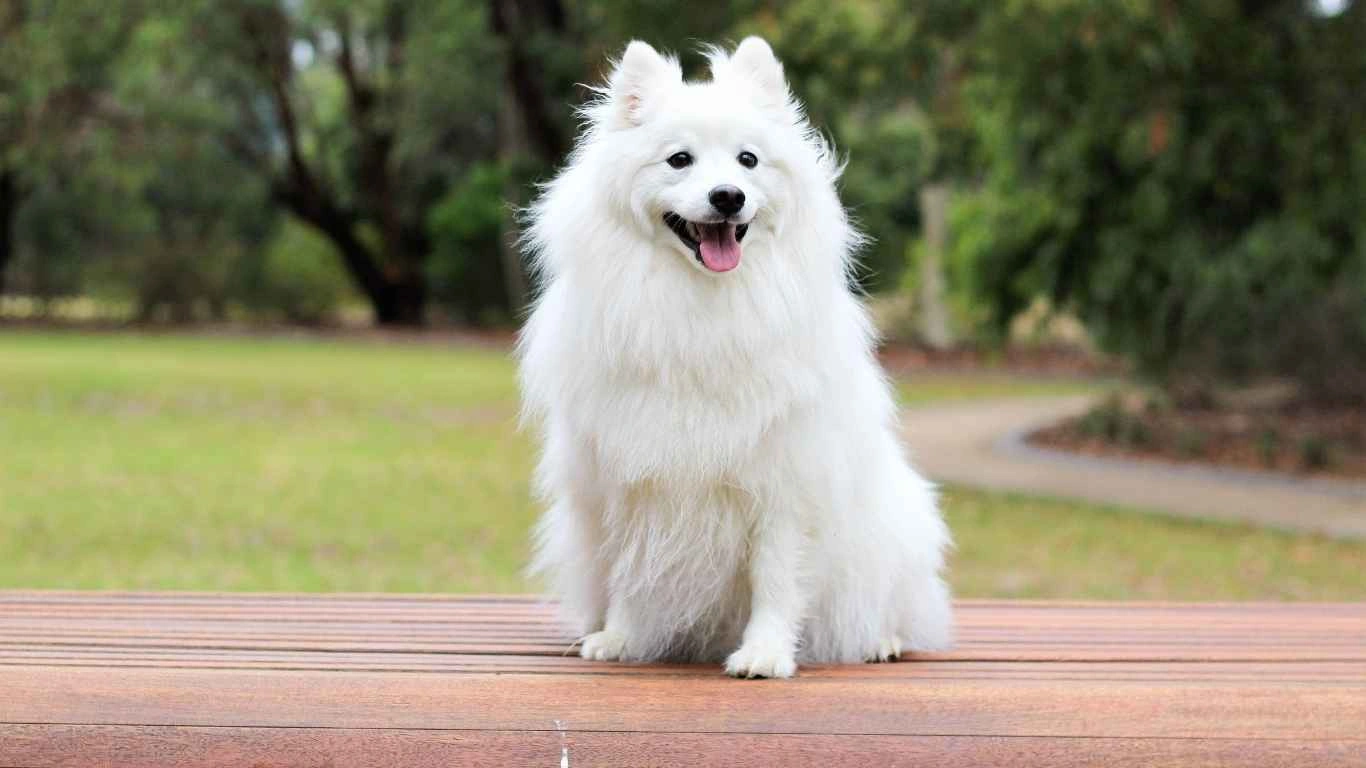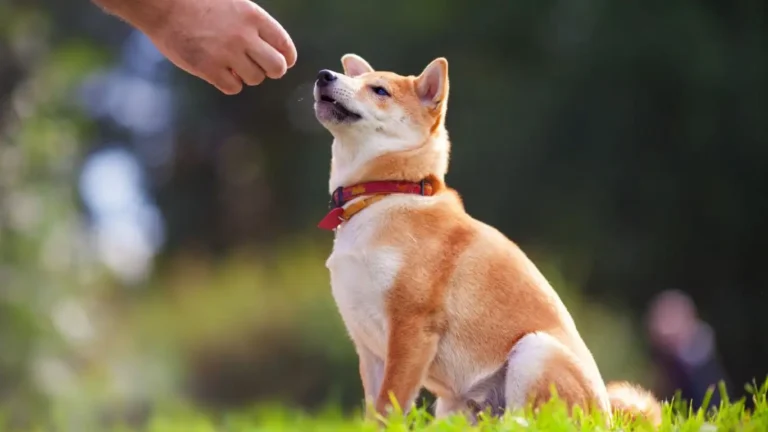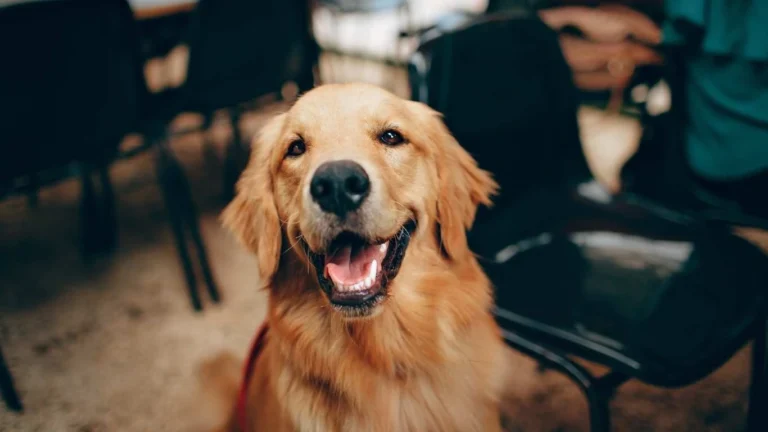Best Diet for Dogs With Anxiety Issues: Calm Your Pup Naturally
If you’ve ever had a pup with anxiety, you know how heartbreaking and frustrating it can be. From pacing to panting, hiding under the bed, or howling when you leave the house — it’s tough on both ends of the leash. As someone who’s worked in both shelters and clinics for years, I’ve seen more anxious dogs than I can count. And believe it or not, one thing that often gets overlooked is nutrition. Yup — the best diet for dogs with anxiety issues can make a surprisingly big difference. Let’s dive into what that really means and how to approach it in a way that’s practical, compassionate, and rooted in both science and hands-on experience.
How Diet Impacts Dog Anxiety

Most folks think of food as fuel — calories in, energy out. But just like in humans, what your dog eats plays a huge role in how they feel emotionally. The brain and gut are tightly connected, and the right nutrients can literally help calm the nervous system.
From my time in the clinic, I remember one shepherd mix who came in shaking like a leaf, constantly on edge. After ruling out medical issues, we started looking into his diet — which, honestly, was full of fillers and artificial junk. Once we switched him to a calming,
…Once we switched him to a calming, high-quality diet with specific nutrients known to support emotional balance, his behavior noticeably improved within weeks. Not perfect, of course — nothing ever is with anxious dogs — but he wasn’t constantly trembling anymore. That was a huge win for both him and his guardian. Which brings me to something I wish more dog owners knew…
Key Nutrients That Support Anxious Dogs

There’s no one-size-fits-all when it comes to the best diet for dogs with anxiety issues, but there are a few superstar nutrients that really stand out. These aren’t just marketing fluff either — I’ve seen dogs respond to these when nothing else seemed to help.
Omega-3 Fatty Acids
You’ve probably heard of these in relation to joint health, but omega-3s (especially EPA and DHA from fish oil) are also amazing for brain function. They help reduce inflammation — including in the brain — and support emotional regulation. I usually suggest sardine-based or salmon-based kibbles, or a clean fish oil supplement added to meals.
L-Tryptophan
This amino acid helps the body produce serotonin — the feel-good brain chemical. Some calming diets already include it, but it can also be added through whole foods like turkey or eggs. I remember a Lab-mix named Rosie who had pretty intense separation anxiety. Her diet was supplemented with L-tryptophan, and it definitely took the edge off over time. No, she didn’t suddenly become zen overnight, but the difference was there.
Magnesium & B-Vitamins
Both of these play a key role in stress response. Magnesium is often called “nature’s chill pill” — it helps muscles relax and reduces nervous system excitability. Meanwhile, B-vitamins support everything from mood stability to energy metabolism. When we had high-strung dogs in the shelter, a quality multivitamin with these often became part of their daily routine.
Probiotics & Digestive Enzymes
This one surprises some people — gut health and anxiety are tightly connected. A disrupted microbiome can lead to poor digestion and mood issues. I always recommend a good probiotic if a dog is anxious, especially if they’ve had antibiotics, parasites, or chronic tummy troubles.
Commercial vs. Homemade Diets: What’s Best?

Alright, real talk — this is one of the biggest questions I get from clients: “Should I switch to homemade food for my anxious dog?” The answer? It depends. There are pros and cons to both. Here’s what I usually tell people:
Commercial Calming Diets
- Formulated by veterinary nutritionists
- Balanced and convenient
- Often contain proven calming ingredients like casein, L-tryptophan, or herbal blends
Brands like Royal Canin Calm or Hill’s c/d Multicare Stress can work wonders for some dogs — especially if anxiety is also triggering physical symptoms like bladder inflammation or skin issues.
Homemade Diets
- Can be tailored to your dog’s unique needs
- Often fresher and free of preservatives
- Opportunity to control every ingredient
But — and this is a biggie — homemade food must be balanced. I’ve seen dogs develop nutrient deficiencies from DIY diets that didn’t cover all the bases. If you go this route, please work with a veterinary nutritionist. I’ve partnered with one before to help a senior terrier who couldn’t tolerate commercial food — and it made all the difference. Her anxiety calmed down, and her coat and energy came back to life.
Feeding Strategies That Actually Help
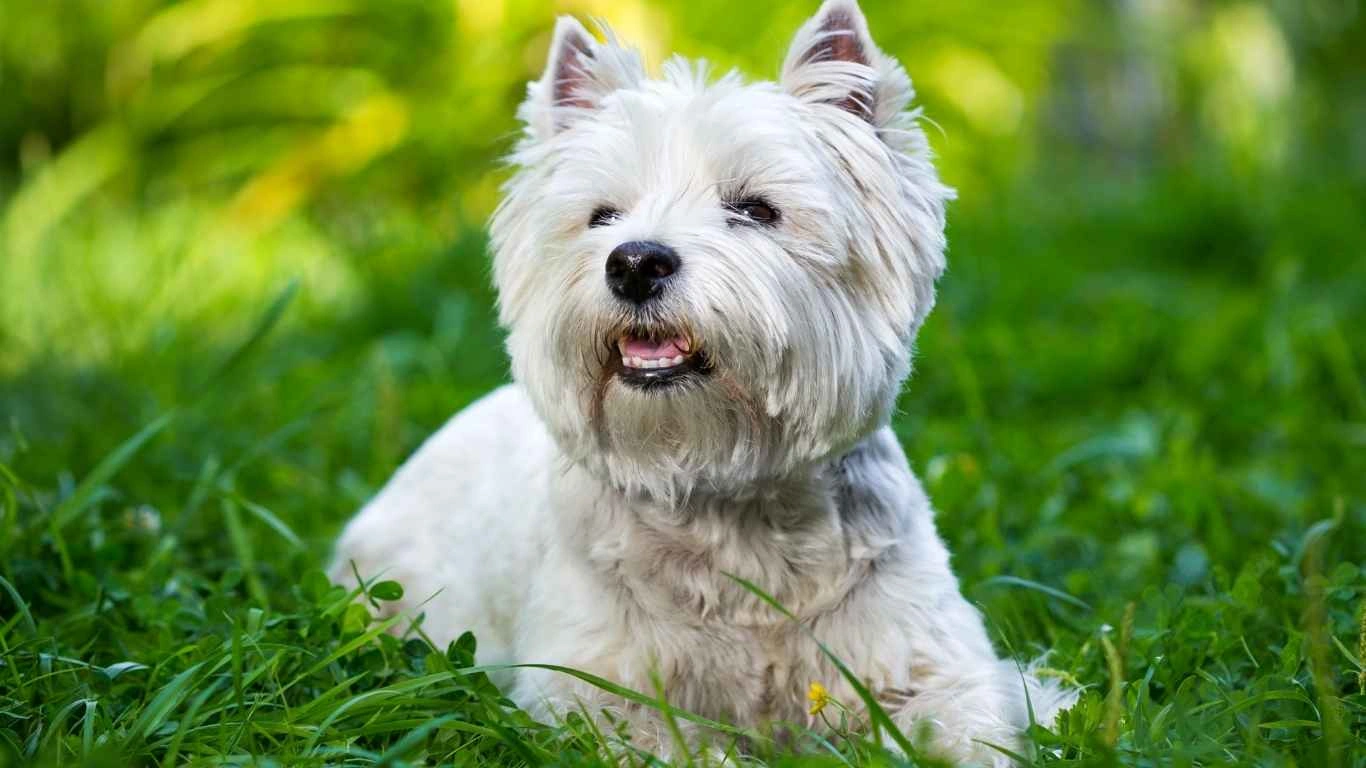
It’s not just what you feed, but how you feed that can make or break your dog’s mood. Anxious dogs thrive on routine. Feeding them at consistent times creates predictability, which reduces stress. Plus, there are a few tricks I’ve picked up over the years that can really help:
- Feed smaller meals more often – This helps keep blood sugar stable, which impacts mood.
- Use slow feeders or puzzle bowls – They turn mealtime into a mentally stimulating activity and reduce gulping (which often happens when dogs are stressed).
- Add warm bone broth – It’s soothing, hydrating, and provides extra minerals. Bonus: most dogs love it.
- Don’t feed during anxious episodes – If your dog is in a panic, they may associate the food with that state. Wait until they’re calmer.
Feeding time can actually become a grounding ritual. I’ve seen even the most jittery dogs start to settle down once they know mealtime means calm, positive energy.
…mealtime became something the dog could look forward to — and honestly, for anxious pups, that’s gold. Creating a sense of safety and structure around food is just as important as what’s in the bowl. But of course, food isn’t magic. It’s one piece of the puzzle. Let’s talk about how diet fits into the bigger anxiety-management plan.
Integrating Diet With a Holistic Anxiety Management Plan

I always remind pet parents — whether I’m in the clinic or volunteering at the shelter — that nutrition is a foundation, not a fix-all. That said, the best diet for dogs with anxiety issues can absolutely support and enhance the effects of other treatments and strategies. Here’s how to build a balanced game plan around it:
Combine Diet With Behavior Training
If your dog is dealing with anxiety, chances are you’re also working with a trainer or behaviorist (and if not — it’s a game-changer!). The calmer your dog feels nutritionally, the more receptive they’ll be to learning and responding to gentle training. I’ve worked with trainers who specifically asked for dietary reviews before starting programs — that’s how important food can be in the bigger picture.
Don’t Overlook Exercise
I can’t tell you how many times I’ve seen dogs labeled “anxious” who just weren’t getting enough physical activity. Regular walks, playtime, and enrichment (snuffle mats, treat hunts, even safe chewing) burn off nervous energy and promote better sleep. Combine that with a steady, calming diet? That’s a solid win.
Consider Natural Supplements — With Caution
Supplements like CBD, valerian root, or chamomile are trendy right now, but they’re not all created equal. Quality matters big-time, and so does your dog’s specific health status. I’ve had success with some of these in the clinic, especially CBD (with vet approval), but never rely on a supplement alone. Always check with your vet before adding anything new — even if it’s “natural.”
Environmental Changes That Support Diet
What your dog eats works best when their environment supports their calm. Think soft lighting, calm voices, background white noise (or classical music), and safe spaces like crates or dens. One of the best setups I’ve seen was a foster mom who fed her anxious rescue in a cozy nook with lavender diffusing and no other pets around. That little space became her dog’s happy place — and it helped make mealtime something peaceful.
Signs Your Dog’s New Diet Is Helping
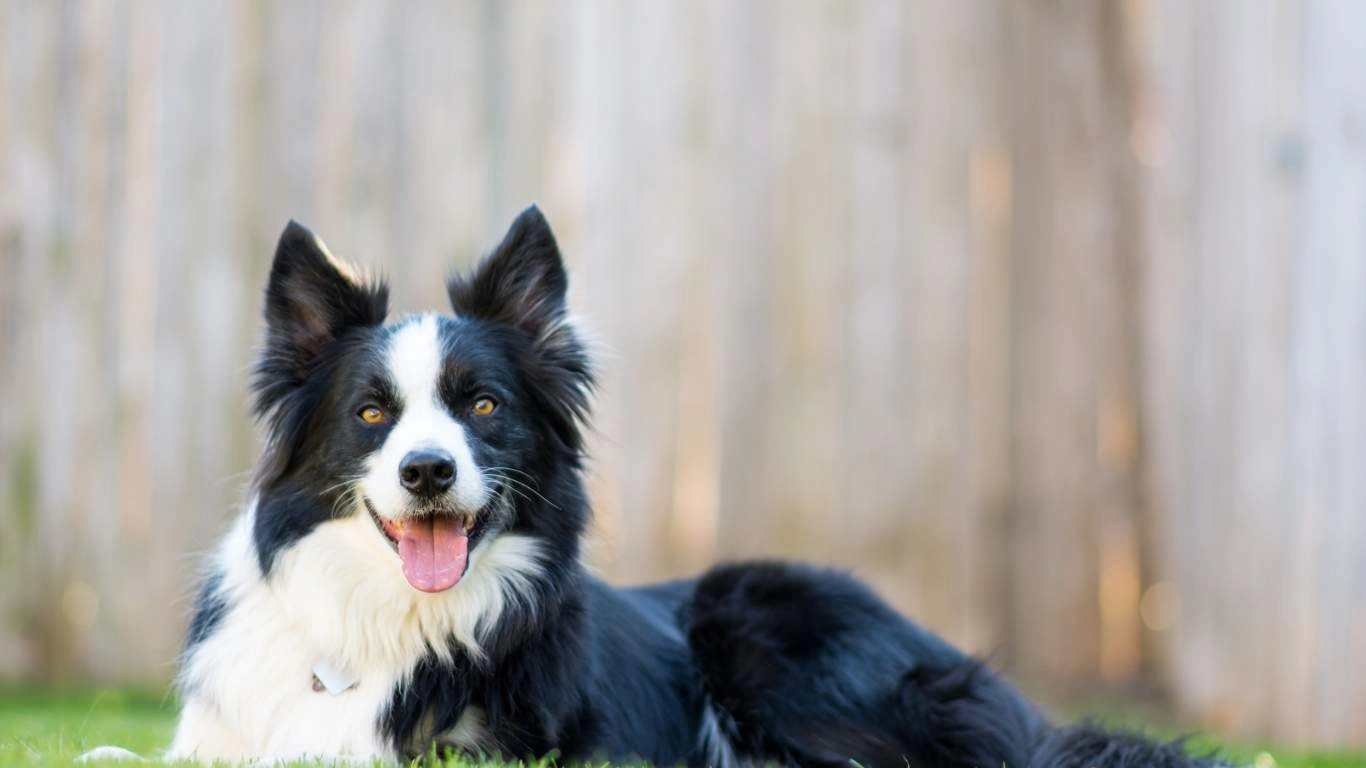
Okay, so you’ve made some dietary changes — now what? How do you know if it’s actually working? These are a few signs I’ve personally seen in dogs when their diet starts clicking with their emotional needs:
- Less pacing or whining during triggering times
- Improved sleep (especially deeper or longer naps)
- Better digestion (yup, mood and poop are connected!)
- More interest in food — or slower, more mindful eating
- Calmer greetings when you come home
Keep in mind that changes won’t always be dramatic. Sometimes it’s just a softening around the edges, a little more chill in situations that used to be panic-inducing. That’s still progress. And when paired with other anxiety supports, it can snowball into a more balanced, confident pup over time.
Final Thoughts on Supporting Anxious Dogs With Nutrition
Helping a dog with anxiety is rarely quick or easy, but it’s so worth it. And if I’ve learned anything over the years, it’s this — food matters more than people think. It’s not just kibble in a bowl; it’s information for your dog’s body and brain. Choosing the best diet for dogs with anxiety issues means looking beyond marketing labels and paying attention to how your dog responds. Because every dog is different.
Whether you’re working with a vet, a trainer, or just going on gut and love — you’ve got options. From calming commercial formulas to thoughtfully prepared home-cooked meals, the path to helping your dog feel safe and supported is a journey. But you’re not walking it alone.
Resources and References
- PetMD – Nutritional tips for canine anxiety
- American Kennel Club – Behavior and nutrition guidance
- NIH – Gut-brain connection studies in mammals
- Health.com – Research on dietary mood support
Disclaimer
This article is based on personal experience and current knowledge in animal care. It is not a substitute for veterinary advice. Always consult with a licensed veterinarian before making any major changes to your dog’s diet, especially if your dog has health conditions or is on medication.
